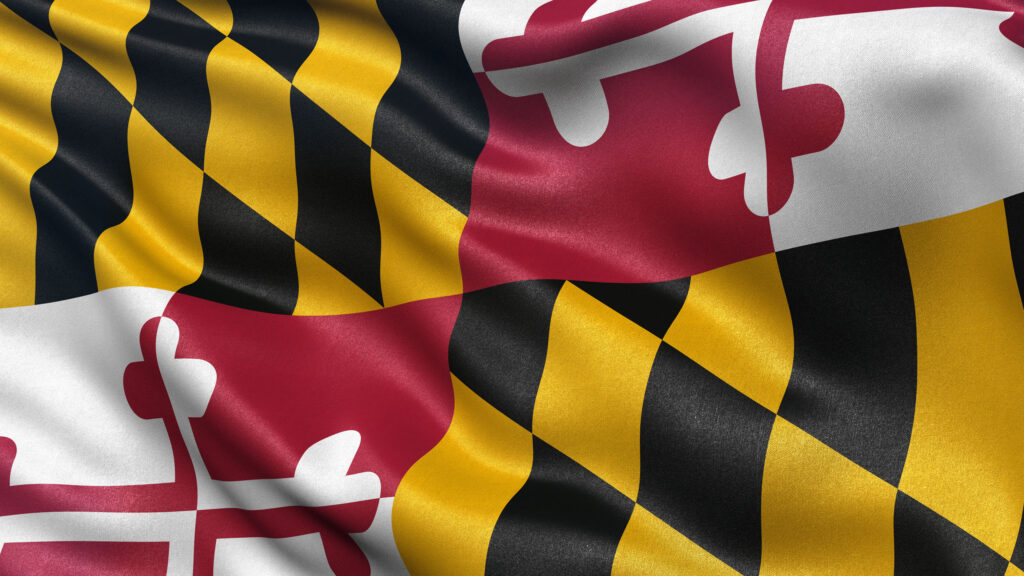In building this collection we have made sure to include entries from all across the state. We cover 250 years, so there is almost one entry for each decade since 1776. Because the Revolutionary War and its consequences are the heart of the 2026 anniversary, we have included eight key entries from the Revolutionary period that occurred in Maryland. There is only one battle, St. George’s Island, which was hardly remarkable except for the fact that enslaved men ran away to join the British. Most of the early entries involve the political struggles of becoming a new democratic nation. After that we include the visionaries, artists, soldiers, leaders and the desperate. We include those dedicated to erasing slavery and those dedicated to making sure that African American citizens remained a second class in our society. We rejoice that we live in a state where the truths of history can shine forth.
The collection has been curated by Burton Kummerow and Mary Blair and reviewed by 17 outside academic historians and cultural leaders, all of whom helped us see the wider picture. The Mosaic satisfies our desire to incorporate serious history into an anniversary. Structuring the Mosaic around “firsts” has at times been restrictive and forced us to omit some key Marylandia. A “first” can mark an event as the beginning of a long line of followers (Benjamin Banneker). It can mark an isolated unique accomplishment (E.A. Poe). It can mark a “last” (Fannie May Salter), and it can focus on an activity that had undeniably powerful consequences (Governor Thomas Holliday Hicks in 1861). In following the restriction imposed by identifying both state and national firsts, we confronted three major issues that shaped the outcome of the Mosaic.
Despite the emphasis on “firsts” in this collection, the first people who lived on this land are clearly underrepresented in the Mosaic. Native Americans were here more than several thousand years, but the tribes that lived in what became Maryland are barely visible now. In looking for “firsts” since 1776, there are precious few involving indigenous peoples. By 1800 almost all the native Americans were driven out of the state by the advance of settlers or pushed into hiding, especially in the swamps of Southern Maryland. They lost their lands and so the Native Americans who still live among us are now in a diaspora. They remain sovereign nations despite the 19th century efforts to erase their tribal existence. We have one true first in the collection, the burial place on national park land of Turkey Tayac (Philip Proctor). It took an act of Congress to grant permission for him to be buried on land that once belonged to his tribe. He led the Piscataway-Conoy and used his leadership to give visibility to all Maryland natives.
A second consequence of restricting the collection to “firsts” is that the Mosaic does not fully represent recent and continuing immigrant groups from South and Central America, Asia and the Pacific nations, the Middle East and modern Africa. They have made our state the fourth most diverse in the country, and the most diverse east of the Rocky Mountains, according to the diversity index of the U.S. Census. Undoubtedly immigrant groups have outstanding accomplishments, firsts inside Maryland, but we could not verify or identify any that were also first in the nation. In the early 20th century Maryland was the third largest port of entry for immigrants into the U.S. at Locust Point. We fervently hope that the 250th anniversary and the coming 400th anniversary of Maryland in 2034 can give full credit to immigrants who have given us a rich and complex society.
The third consequence is that we have a highly significant number of African American related entries. We have tried to use the term “Black” up to 1870 and “African American” thereafter when the three reconstruction amendments designated them as Americans. Because many African Americans emerged from enslavement and overcame significant and difficult hurdles to claim full citizenship, their list of Mosaic Pieces is lengthy and complex. As their individual achievements were hard earned, they get full credit as a first, even if a white individual might have a similar achievement. That intertwining of Black and White history is most powerful in this collection. There is no enslavement without enslavers; each creates the other and we continue to struggle to recognize and claim our shared past and our shared future.
Our wish is that all Marylanders can both see themselves in this collection and also see a shared past of surprising discoveries.
Burton Kummerow and Mary Blair
January 2024



